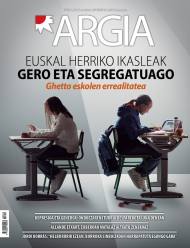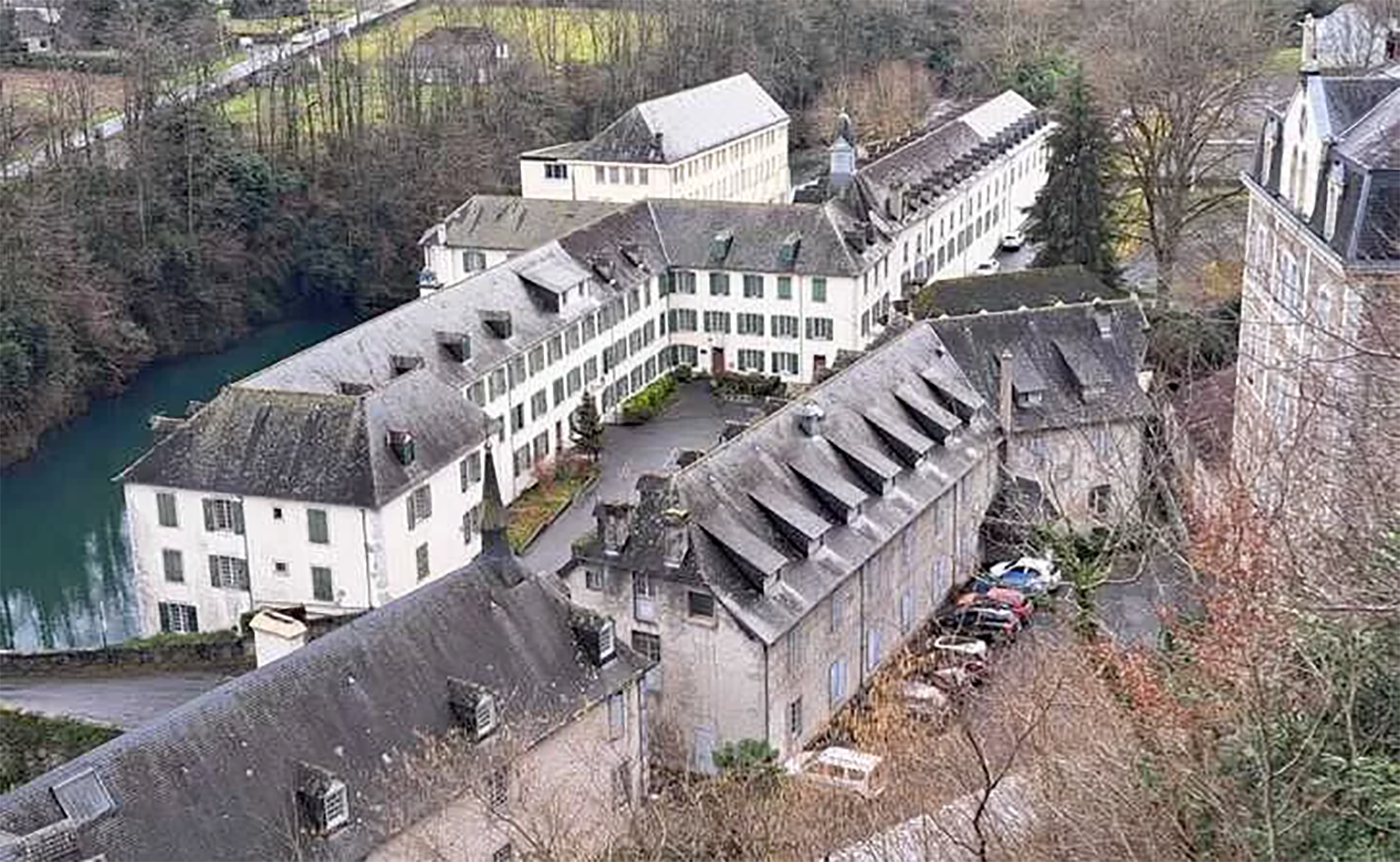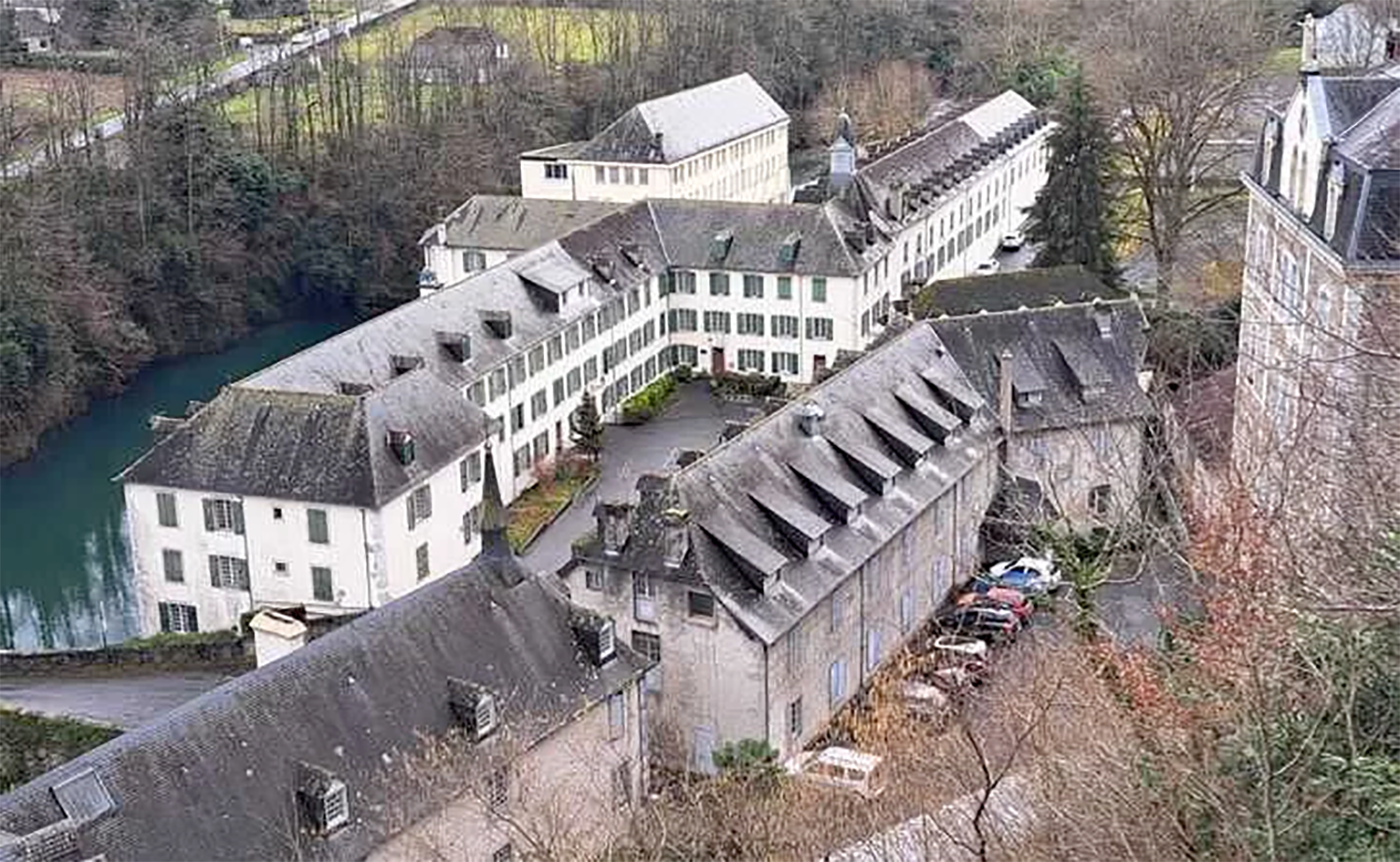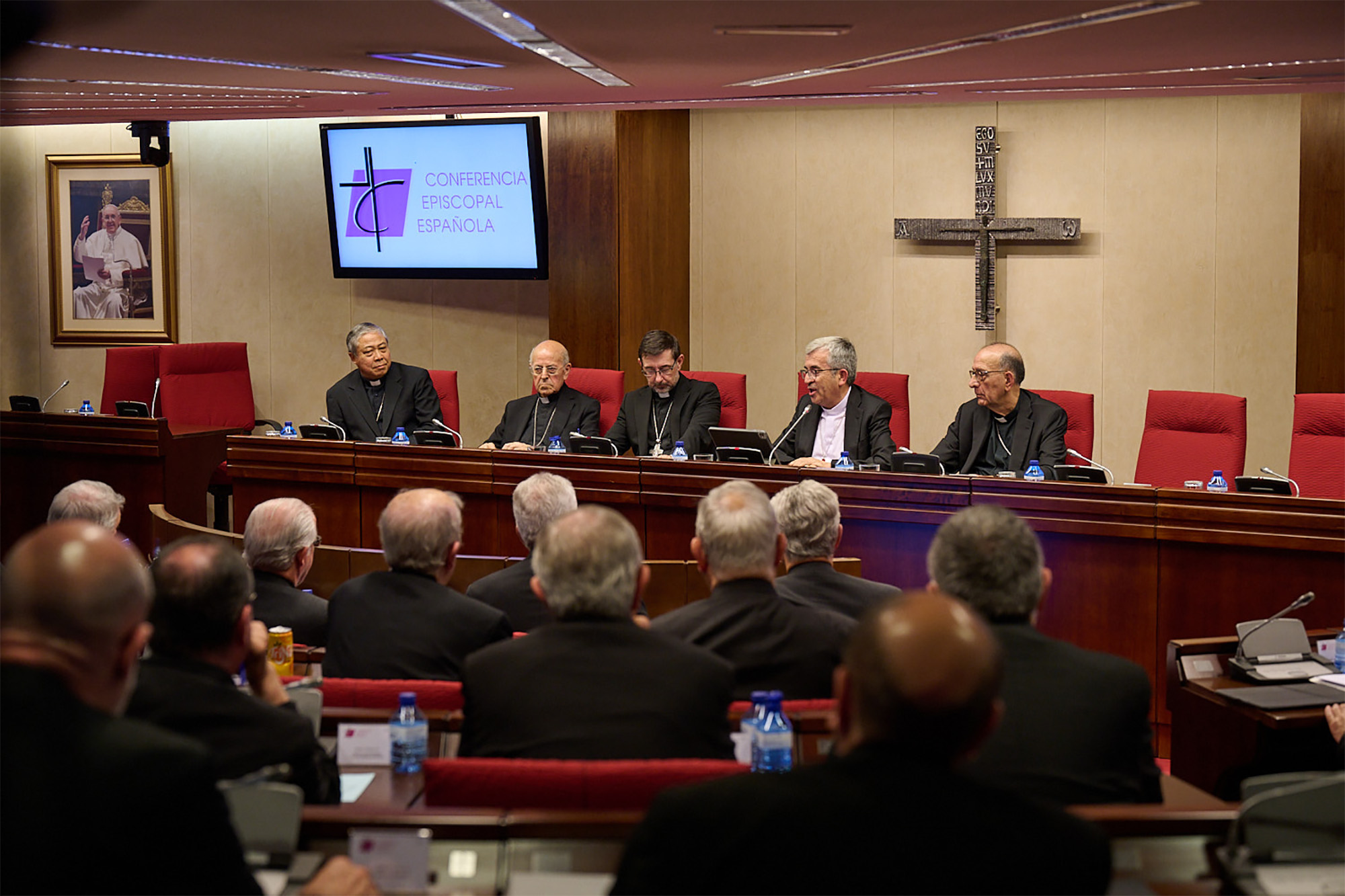Recovering public assets
- The Government of Spain will make public the full list of assets unregistered by the Catholic Church since 1998, although it would be preferable to do so from 1939.
The Church has been exempt from crediting its assets from 1946 to 2015. It was enough for the bishop to consider it valid. Therefore, we are now going to know what the massive appropriation of public and private goods has been. But we already know that these inregistrations reach thousands of buildings and lands – in many cases communal lands – there are those who believe that in the entire Spanish state between 40,000 and 60,000 have joined the great patrimonial list of the Church, which accounts for 2% of the State’s GDP, according to the consultant PWC.
In Hego Euskal Herria, citizen initiatives in favor of public heritage have emerged from the Platform for the Protection of the Heritage of Navarra and from various institutions – parliaments of Vitoria-Gasteiz and Iruñea. Thanks to these initiatives, we know that in Álava, Bizkaia and Gipuzkoa at least 505 estates have been registered during that period and 1,087 have been registered in Navarre. The Church has recorded a total of 1,592 estates – more than three per municipality. Many of them are religious temples and hermites, but there are also plots, pitches, plazas, soccer fields, cemeteries, ruins, pine forests, olive groves...
All this shows that the Church has, over time, been made, in many cases illegitimately, with private and public heritage. It is time that everything that has happened was clarified once and for all, and once that official list was made public, the Church should work without any legitimacy to start returning the withdrawn heritage. Keep your commandments. The seventh reads as follows: “You won’t steal.”
Paris 1845. The Labortan economist and politician Frédéric Bastiat (1801-1850) wrote the satire Pétition des fabricants de chandelles (The Request of the Sailing). Fiercely opposed to protectionism, he ironistically stated that the sailing boats asked for protection against... [+]
Auzoan Bizi Etxebizitza Sareak salatu du Berakah programa beste bi familia etxegabetzen saiatzen ari dela, iaz beste familia batekin egin zuen bezala. Dagoeneko salatutako hauetaz gain, Berakahko kasu gehiago ari dira heltzen etxebizitza sarera. Berakah programa Santa... [+]
Like every year, at the end of April, we have the unavoidable obligation to present our tax return to the Hacienda Foral. And like every year, the Catholic Church, following its eternal line, refills with publicity on all sides to check the church's box. Thus, it would receive... [+]
























